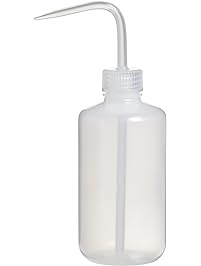hunggaur
Established Member
Hi folks I have to punch about 800 12.5/12.7mm holes in some 6mm acrylic
(200 holes in 4 peices each so want to stack all 4 up and cut all at one time)
I have tried some drill bits but I seem to get break out and it is a slow process
I have also tried plunge cutting with a standard 12.7mm wood bit but it seems to melt and clog before it get though.
Any suggestions I did see this but it the goes on to state at the bottom not for plunge cutting
https://www.trenddirectuk.com/56-3x1-2h ... gKG4vD_BwE
Cheers Jon
(200 holes in 4 peices each so want to stack all 4 up and cut all at one time)
I have tried some drill bits but I seem to get break out and it is a slow process
I have also tried plunge cutting with a standard 12.7mm wood bit but it seems to melt and clog before it get though.
Any suggestions I did see this but it the goes on to state at the bottom not for plunge cutting
https://www.trenddirectuk.com/56-3x1-2h ... gKG4vD_BwE
Cheers Jon

































